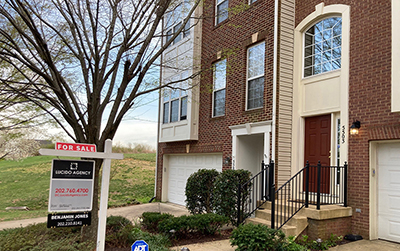
Home Buyers See Signs of Affordability Relief

Zillow, Seattle, said U.S. home values are easing down, starting to provide relief for potential home buyers facing affordability challenges.
Zillow reported the typical U.S. home fell to $357,733 in November, 0.2% less than in October and down 0.5% from a peak in June.
Zillow noted while higher mortgage rates shoulder much of the responsibility for today’s chilled market. By the same token, mortgage rates falling in November brought monthly costs down for the first time since July, and for only the second time in the past 19 months.
Zillow Senior Economist Jeff Tucker said while it’s unlikely affordability will significantly improve anytime soon, November’s news is a positive sign that affordability may at least stabilize in 2023, helping households budget and plan for housing decisions in the months and years ahead.
“The housing market entered a deep freeze this November as buyers paused their purchasing plans, likely till after New Year’s in many cases,” Tucker said.. “The two big questions are whether mortgage rates will continue to decline, and whether that will be enough to bring buyers back in time for the spring selling season. In the meantime, those on the prowl for a house will benefit from motivated sellers, unusual bargains and a welcome lack of competition.”
The report noted while national home value declines from peak levels have been minimal, some markets have seen significant changes. The largest declines from peak are in the most expensive markets — San Jose (-10.6%) and San Francisco (-9.5%) — as well as Western markets that saw the largest pandemic-era appreciation: Austin (-10.4%), Phoenix (-8.1%) and Las Vegas (-8%).
Zillow reported of the 14 major markets in which home values are still growing, almost all are less expensive than the national average and are located in the inland South or Midwest and Great Lakes regions. Relative affordability in the latter two areas is one reason Zillow economists expect them to host the healthiest housing markets in 2023.
But the slight drop in mortgage costs isn’t reinvigorating the market yet. Between the annual winter doldrums and serious affordability concerns, activity in the market was as slow as it’s been since the outbreak of the pandemic; both sales and new listings of existing homes continued to fall in November.
The number of listings that went pending in November fell by 16.5% from October and is down 38% compared to last November. New listings — the flow of existing homes onto the market from sellers — are also anemic, sitting 25.4% lower than last year. Many homeowners who might like to sell their home are being deterred by the higher borrowing cost they’d need to pay on their next home’s mortgage.
Beyond the slight decline in mortgage costs, reduced activity and competition in the market brought a bit more good news to those still on the hunt for a house or those who are considering jumping in. Total inventory is up 7% year over year, by far the largest increase since at least the start of 2018. Listings’ median time on market before going pending is now 22 days — twice as long as last November and a far cry from the trough of six days in March and April.
Renters received relief, as well. U.S. rents fell 0.4% from October to November, the largest one-month decline in the seven-year history of the Zillow Observed Rent Index. This comes on top of a 0.1% decline in October, and decisively closes the door on a period of nearly two years of above-average monthly rent increases that began in November 2020.
